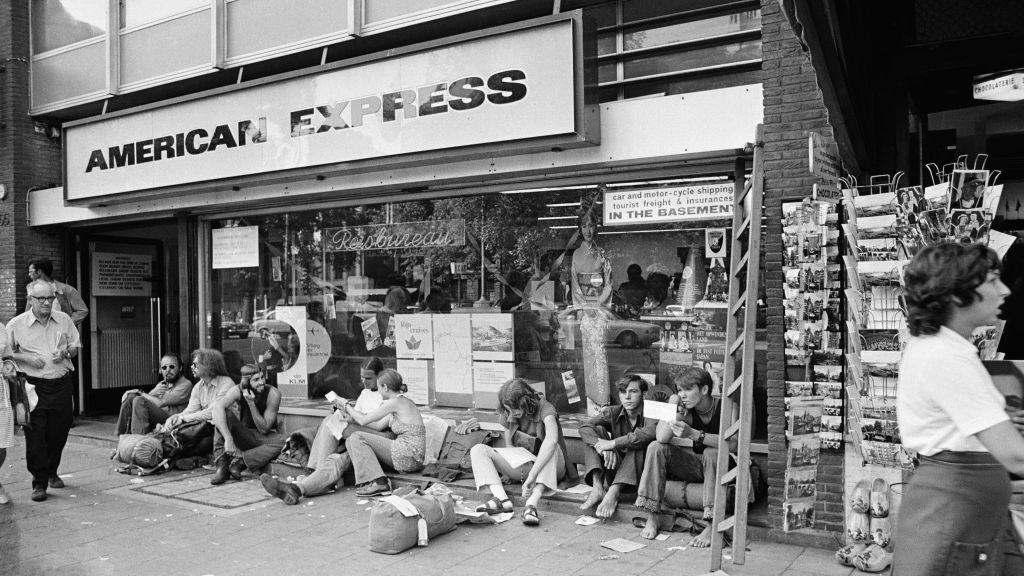Robert M. Pirsig said this Swedish concept made “Zen and the Art of Motorcycle Maintenance” a surprise bestseller

Robert M. Pirsig, author of the cult classic Zen and the Art of Motorcycle Maintenance, has died. He was 88.
His 1974 bestseller, neither about motorcycle repair, nor much about Zen Buddhism, tells the story of a father-son motorcycle trip across the US. Although largely autobiographical, it helped a generation of young people reckon with technological progress, disillusionment with material wealth, and philosophical quandaries.
“During periods of root expansion things have always looked as confused and topsy-turvy and purposeless as they do now,” wrote Pirsig. The larger passage explains:
You look back at the last three thousand years and with hindsight you think you see neat patterns and chains of cause and effect that have made things the way they are. But if you go back to original sources, the literature of any particular era, you find that these causes were never apparent at the time they were supposed to be operating.
In his afterword to the 1984 edition, Pirsig wrote that he hadn’t had high hopes for the book, and could not have predicted its great popularity. He shopped it to 122 publishers, 121 of whom rejected it, and eventually received a small $3,000 advance (about $15,700 today) for the book from William Morrow, now an imprint of HarperCollins. The book went on to sell millions of copies.
The author wrote the afterword from Gothenburg, Sweden, noting his mother was of Swedish descent. What made his book so unique, wrote Pirsig, was the Swedish concept of kulturbarer (he meant kulturbärare), which he said could be understood as “culture barer” (he meant “bearer”). Kulturbärare can also be translated as “culture carrier,” a concept or person who upholds or moves a culture forward.
The success of his book didn’t hinge on literary merit, wrote Pirsig, and the ideas in it didn’t actually change society. Rather, Zen and the Art of Motorcycle Maintenance came at the exact moment in American history when cultural attitudes of young people were already shifting. The values of the book crystallized that transition.
In Pirsig’s own characteristic verbosity:
A culture-bearing book, like a mule, bears the culture on its back. No one should sit down to write one deliberately. Culture-bearing books occur almost accidentally, like a sudden change in the stock market. There are books of high quality that are an part of the culture, but that is not the same. They are a part of it. They aren’t carrying it anywhere. They may talk about insanity sympathetically, for example, because that’s the standard cultural attitude. But they don’t carry any suggestion that insanity might be something other than sickness or degeneracy. … Uncle Tom’s Cabin was no literary masterpiece but it was a culture-bearing book. It came at a time when the entire culture was about to reject slavery. People seized upon it as a portrayal of their own new values and it became an overwhelming success.
Pirsig distinguished between good books that gesture to cultural change, and books of lower literary quality and mass popularity which actually moved culture forward: The Great Gatsby, by F. Scott Fitzgerald, might have fit his definition of a kulturbärare. There are, however, certainly books that manage to be both literary masterpieces and culture bearers, such as today’s The Underground Railroad, by Colson Whitehead.

Sign up for the Quartz Daily Brief, our free daily newsletter with the world’s most important and interesting news.
More stories from Quartz:

